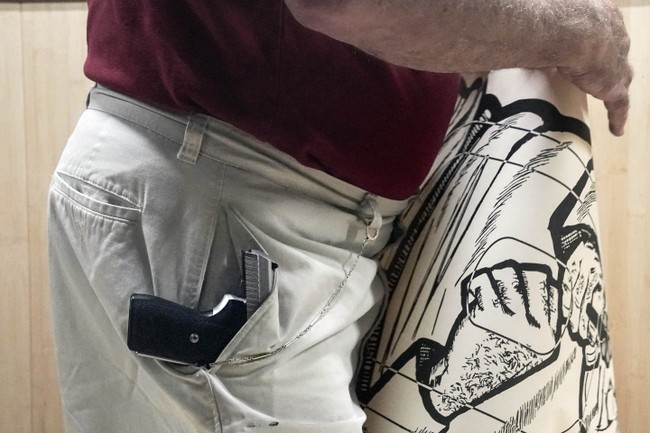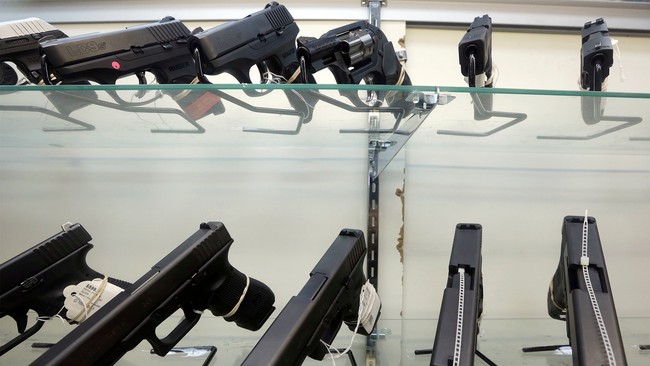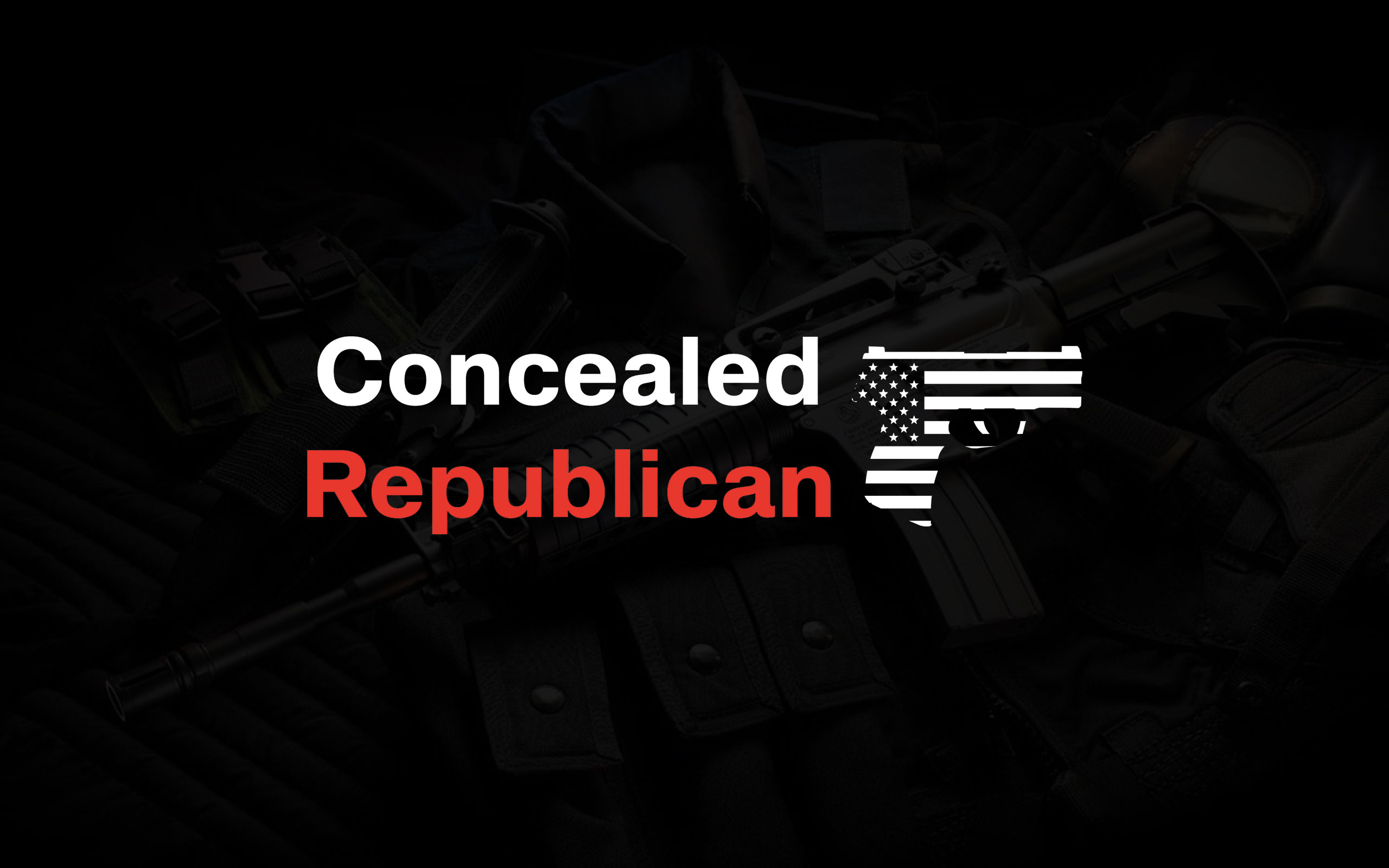The number of teens in Florida illegally carrying a firearm has increased dramatically over the past twenty years, at least according to a new study.
Published in the journal Pediatrics this week, the study from academics at the University of Colorado Anschutz Medical Campus’s Injury and Violence Prevention Center looked at responses to the Florida Youth Substance Abuse Survey
From 2002 to 2022, Florida adolescent general handgun carrying increased by 65% (3.7% to 6.0%) but handgun carrying in school decreased by 60% (1.1% to 0.4%). Female, middle school, and white students contributed substantially to the increase in general handgun carrying, because they had 3.04, 2.16, and 1.99 higher odds of carrying in 2022 than 2002, respectively. Male and rural students contributed substantially to the decrease in odds of handgun carrying in school with 70% and 80% decreases, respectively. Odds of favorable attitudes toward handgun carrying in school decreased by 29%, from 3.0% to 2.2%. Ease of handgun access decreased in odds by 27%, from 18.4% to 14.1%.
Even assuming every teen surveyed for the Florida Youth Substance Abuse Survey was telling the truth (a big assumption), the study’s findings are somewhat contradictory. The percentage of teens who say they’re illegally carrying a gun has increased by 65%, but teens also reported that it’s more difficult for them to get a handgun than it was 20 years ago.
Based on Florida’s population figures, the study suggests that as many as 120,000 Florida juveniles are illegally carrying a gun, including 8,000 of them who are taking guns to school. According to the Florida Department of Juvenile Justice, there were about 1,900 juvenile arrests for both felony and misdemeanor weapons offenses in fiscal year 2023-2024, so if the study’s figures are accurate that means the vast majority of adolescents who are illegally carrying are getting away with it.
It’s also interesting that the study indicates gun-carrying in schools has become almost non-existent, though it wasn’t very common to begin with. Is that the result of Florida’s response to the Parkland shootings, which included establishing a Guardian program that ensures an armed presence on every public school campus, broader use of behavioral threat analysis, and prosecuting more teens who bring a gun to school? If more teens are carrying in public, but far fewer of them are carrying in school, does that suggest any strategies that could be successful at stopping illegal gun possession by those not yet old enough to exercise their Second Amendment rights?
In their conclusions, the study’s authors say “prevention strategies addressing the risk of handgun carrying and access should be tailored to diverse sociodemographic groups,” which is a no-brainer. The real question is what do those strategies look like?
One option should be off the table. The state of Florida has already banned the sale of all firearms to adults under the age of 21, but handgun sales to under-21s are already illegal under federal law, and no state in the country allows minors to purchase firearms at retail. Imposing additional restrictions on adult gun owners in an attempt to keep teens from illegally gaining access to a firearm simply isn’t going to work.
A targeted deterrence approach, however, might pay dividends. The vast majority of Florida teens aren’t illegally carrying a gun at all, so forget about broad public relations campaigns or efforts aimed at adolescents in general. Instead, its that smaller group of prolific offenders who need to be the focus of any prevention strategies.
It’s also important to note that this study’s data only runs through 2022. According to the Department of Juvenile Justice, arrests for weapons related offenses declined between FY 2022-2023 and FY 2023-2024, which the study wouldn’t have picked up. And arrests of juveniles in general are more uncommon now than what they were just a few years ago:
Since experiencing around 150,000 juvenile arrests per year throughout most of the 2000s, today Florida has around 70% fewer juvenile arrests annually ,despite a steadily growing population of youth. It is important to note that societal changes during the pandemic corresponded with a sharp and immediate drop-off in juvenile arrests. Post-pandemic, juvenile arrests have increased since the lows of FY 2020-21, but the overall multi-year downward trajectory has continued, with overall arrests lower in FY 2023-24 than the last non-pandemic fiscal year, FY 2018-19.
It may very well be that the slight increase in arrests in 2022 and 2023 was primarily related to a return to normalcy after the insanity of the response to the COVID pandemic. We need a few more years worth of data to determine if that was a blip or the start of a trend, but either way, the best way to keep kids from illegally carrying guns is to ensure consequences for doing so. That might mean criminal charges, it might mean rehabilitation, but the goal should be impacting the juvenile offenders for the better, not making it more difficult or legally dangerous for adults to exercise their Second Amendment rights.
Read the full article here









![Stephen Miller’s Wife Katie Takes on CNN’s Abby Phillip in Heated ‘Nazi’ Exchange [WATCH] Stephen Miller’s Wife Katie Takes on CNN’s Abby Phillip in Heated ‘Nazi’ Exchange [WATCH]](https://www.lifezette.com/wp-content/uploads/2025/11/2025.11.30-12.20-lifezette-692c368bae870.jpg)


